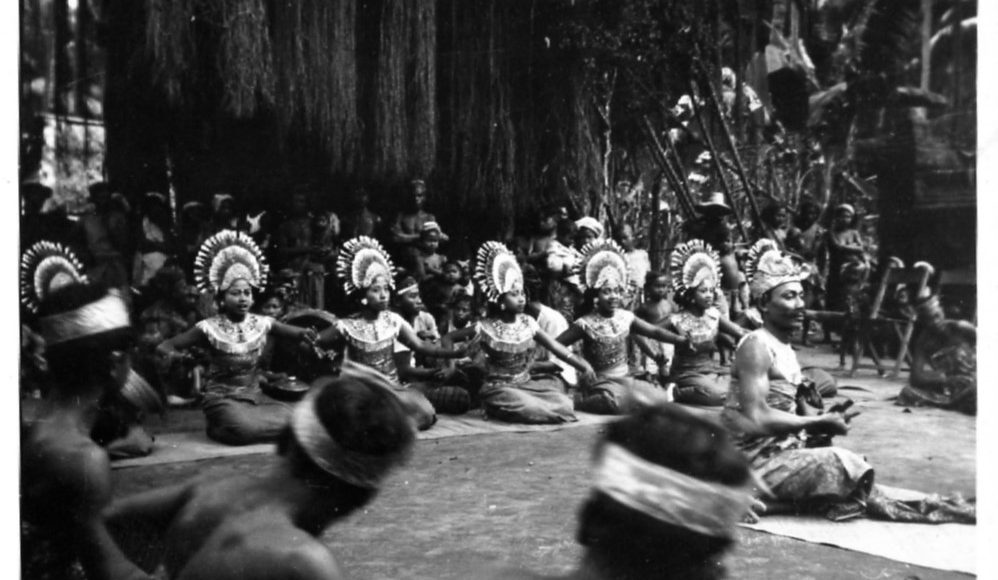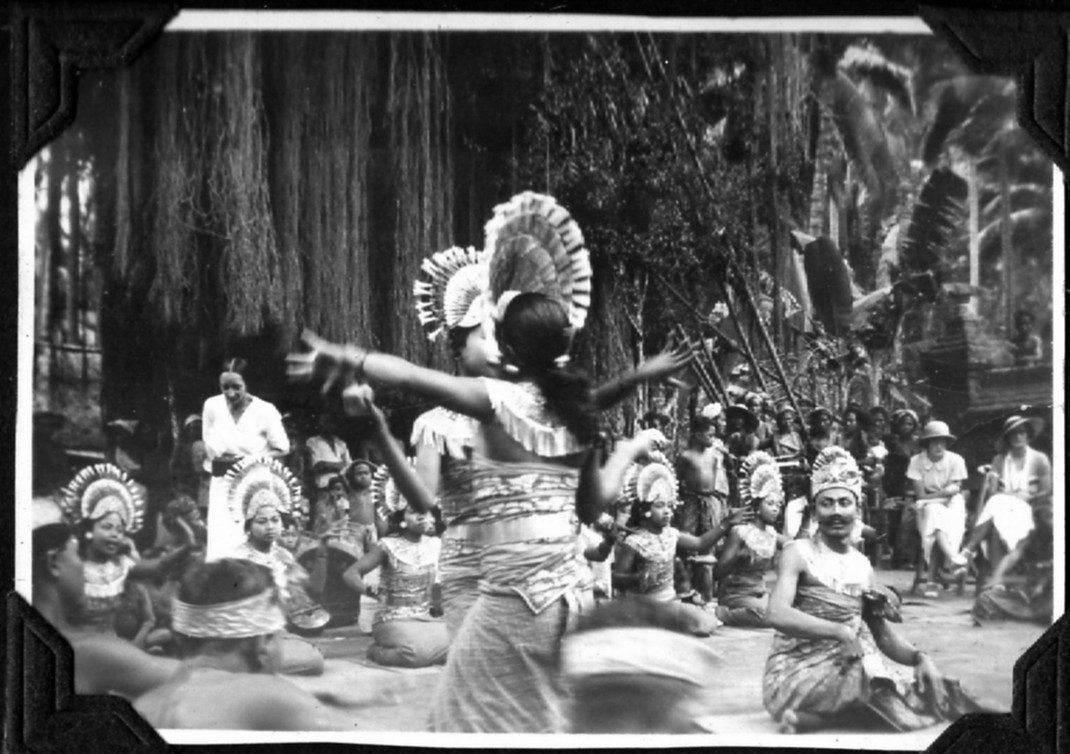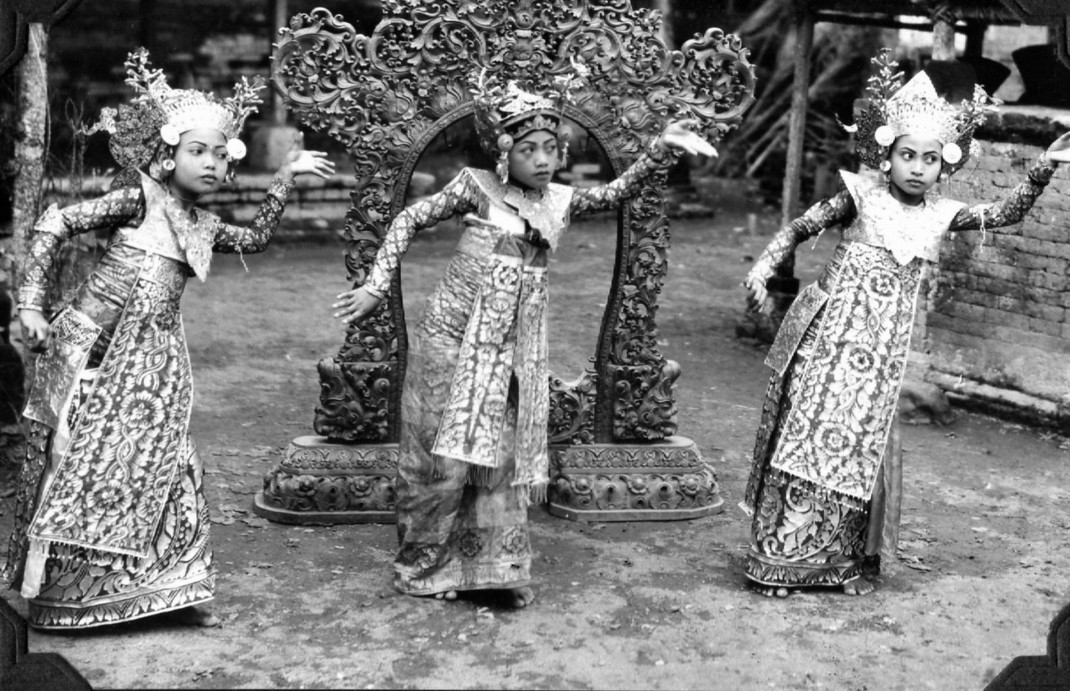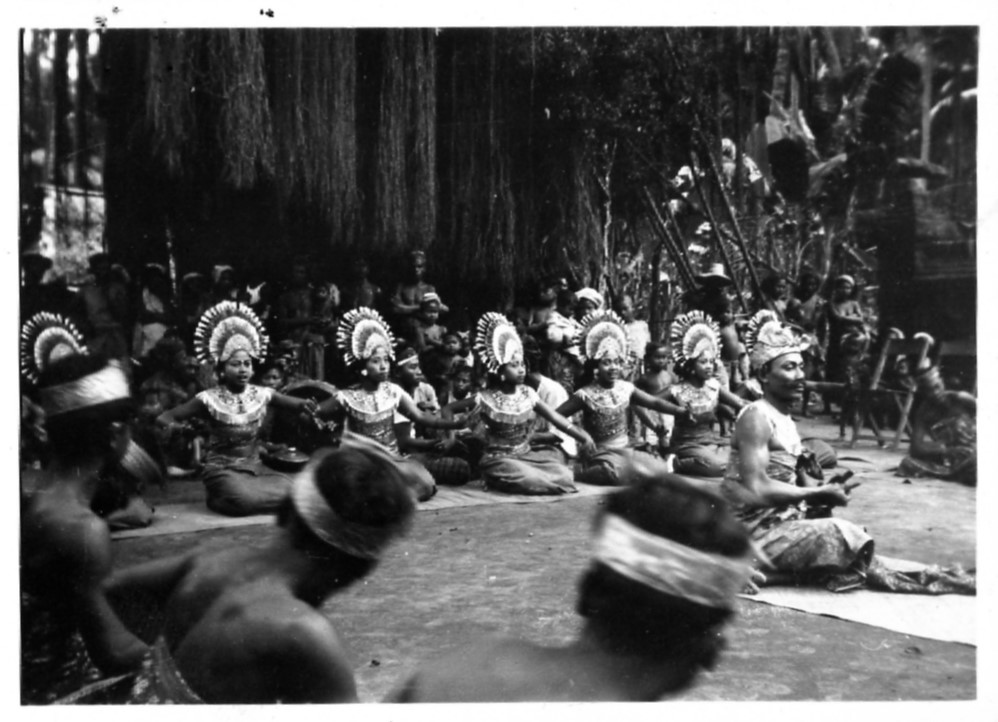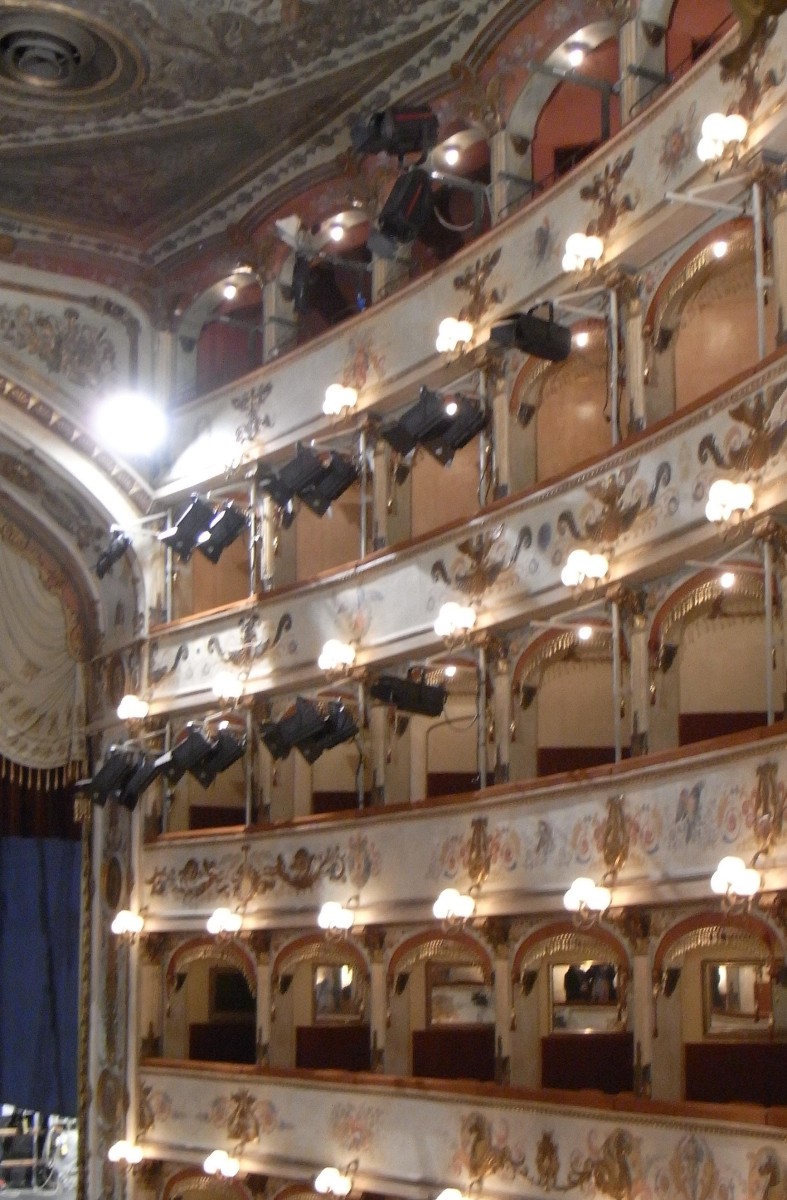There was a time when Christmas in Sydney without a production of The Nutcracker was unimaginable. The ballet attracts a festive audience, there is no doubt about it. So it is hardly a surprise that the Australian Ballet’s staging of Peter Wright’s Nutcracker as its final offering for the 2010 Sydney season was a total sell-out.
This Nutcracker does not strive too hard for psychological explanations or modernisations and the production has a clear and very welcome logic to it. Nothing happens in the transformation scene, when the Christmas tree grows, mice (rats I think in this production?) emerge and engage in a fight in which they are ultimately the losers, and Clara’s Christmas gift of a nutcracker doll turns into a handsome prince, which is not prefigured in some way in the party scene. The second act too has more logic than usual. Clara’s involvement with the dances is a welcome addition, as is her transformation—she is an aspiring dancer in this production—into the Sugar Plum Fairy. While the ballet still of course requires suspension of belief, there is a coherence that is unusual in a staging that does not diverge markedly from the traditional storyline.
The production was also pleasing from a technical point of view. And by this I mean that for once there were no loud bangs and crashes from backstage as scenery was moved in and out. I have winced more than once throughout the 2010 season at noises off stage that were never meant to be heard in the auditorium.
There was also some great dancing, and what a treat that is! A total standout was Madeleine Eastoe as the Sugar Plum Fairy. She was technically assured, her feet sparkled and there was such a delicious flow of movement in her torso as her spine stretched upwards through to her beautifully poised head. She gave such light and shade to the choreography with some unexpected changes of pace in her movements. She was every inch the ballerina—commanding but never overbearingly so. And what a magnificent, beautifully placed and perfectly executed diagonal of fouettés at the beginning of the coda!
As for her partner, Yosvani Ramos, he was sadly encumbered by a jacket in a startling shade of lolly pink—very unbecoming I thought. And to make matters worse the neckline seemed quite stiff and much too high for him. It made him look as though he had an incredibly short neck—not good when he is not the tallest of dancers in the first place. It quite detracted from some really nice dancing on his part.
Reiko Hombo danced the role of Clara and acquitted herself well showing absolute engagement with the role. Leanne Stojmenov as the Rose Fairy could scarcely put a foot wrong. The choreography here demands a dancer with a strong sense of classical order and in such situations Stojmenov always displays a natural ability and an exceptional level of expertise. Daniel Gaudiello had a small role in the first act as Drosselmeyer’s assistant. With his ability to realise a character, his powerful presence on stage and his technical prowess, especially when it comes to beaten steps and steps of elevation, Gaudiello turned this role into something exceptional and quite idiosyncratic. There were also fine performances from Andrew Killian as Drosselmeyer and Tzu-Chao Chou as the Jack-in-the-Box
There were moments when I found the costume and set design by John F. Macfarlane overbearing and fussy. Apart from wishing that the Prince’s pink jacket was not quite so inelegant, I also craved a little more subtlety in the set for Act II, which suffered in my opinion from a surfeit of colourful motifs including two different kinds of very large flowers, a stylised (anthropomorphised) sun and a bunch of swirly ribbons. But this Nutcracker is a Christmas treat to delight young and old alike and closed the Australian Ballet’s 2010 season on a high note.
Michelle Potter, 12 December 2010
